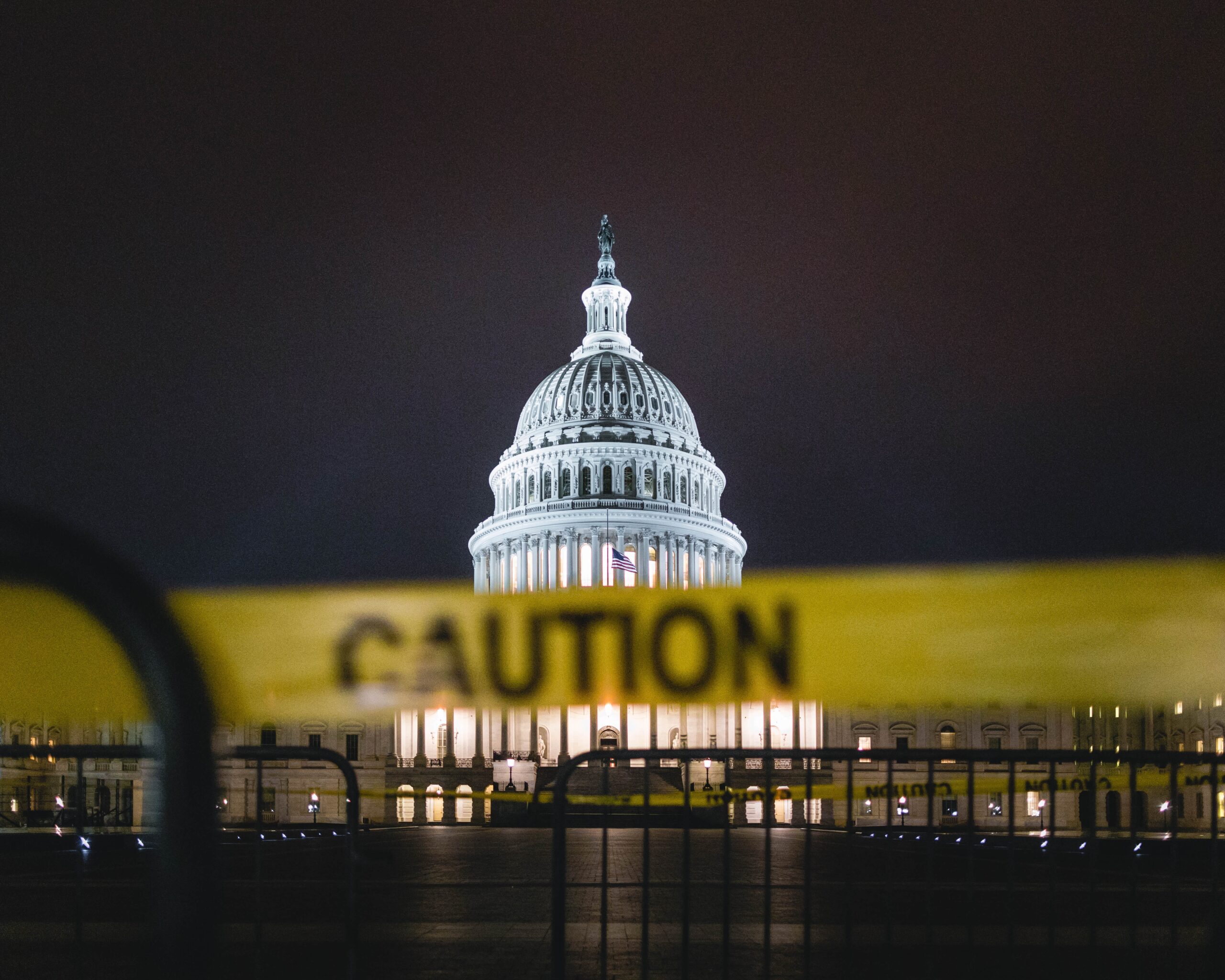As the federal government shutdown continues, it is important to understand the implications and reasons behind this unprecedented event. A government shutdown occurs when Congress fails to pass a budget or a continuing resolution to fund government operations. This leads to a temporary halt in non-essential government services and the furlough of non-essential government employees.
The current federal government shutdown began on December 22, 2018, and is the longest in U.S. history. The main point of contention between Congress and the White House is the funding for a border wall along the U.S.-Mexico border. President Donald Trump has requested $5.7 billion for the construction of the wall, while Democrats argue that it is an unnecessary and ineffective solution to border security.
The consequences of the government shutdown are far-reaching. Many federal agencies are operating with a skeleton staff, causing delays in services such as tax refunds, immigration hearings, and housing assistance. National parks and museums have also been affected, with limited access and reduced services. Additionally, federal employees who are deemed essential, such as air traffic controllers and TSA agents, are working without pay, putting a strain on their financial well-being.
The impact of the government shutdown extends beyond federal employees and services. The economy is also taking a hit, with the Congressional Budget Office estimating that the shutdown will cost the U.S. economy $3 billion in the first quarter of 2019. Small businesses that rely on government contracts or assistance programs are particularly vulnerable during this time.
While the government shutdown has significant consequences, it is not without precedent. Since the 1980s, there have been several shutdowns, often resulting from disagreements between the executive and legislative branches of government. In most cases, these shutdowns were resolved within a few days or weeks. However, the current impasse shows no signs of resolution, with both sides remaining firm in their positions.
It is unclear how long the government shutdown will last and what the ultimate outcome will be. Many federal employees and their families are feeling the strain of the extended shutdown, and there is growing frustration among the American public. As negotiations continue, it is important for both sides to find common ground and prioritize the well-being of the nation.








